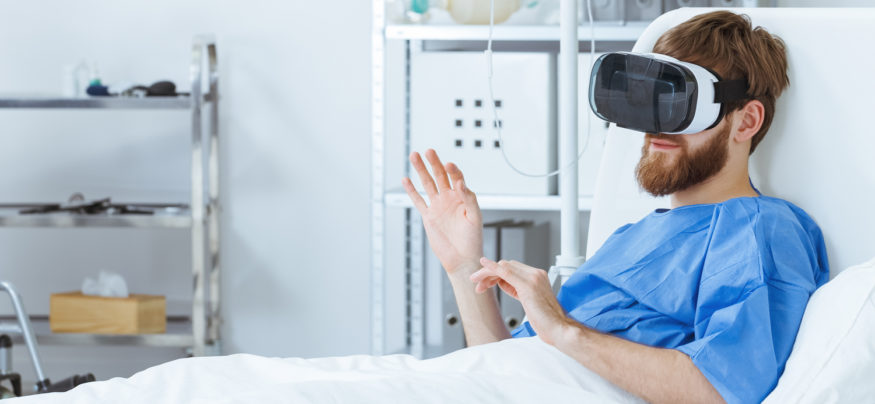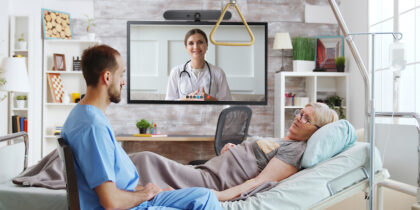The use of smartphones and wearables to promote health and wellness has been on the rise for several years, as consumers rely more and more on their mobile devices for tracking fitness goals and other health indicators. While this movement may be consumer-led, new mobile applications and wearable devices with more advanced sensors are opening new opportunities for health providers, payers and other innovators within the healthcare space as well. Underpinning the advance of digital healthcare, next-generation 5G networks will enable providers and patients to do even more with mobile technology, unlocking possibilities for greater patient engagement, remote care, physician collaboration and leading to improved outcomes.
How 5G Networks Will Support Healthcare Innovation
Over the past decade, 4G LTE, the broad adoption of Wi-Fi in hospitals and emergence of mobile applications has changed the way healthcare is delivered. Next-generation networks can do so much more to expand mobile health applications by providing extreme reliability, capacity and low latency. Applications spanning from remote medicine — where the ability to support live high-quality video calls is critical — to the ability to stitch together massive image files and send in real-time require a next-generation network with sufficient capacity and low latency.
5G Will Bolster Home Healthcare
A host of monitoring, rehabilitative and therapeutic services in the home will be possible with 5G and, in certain circumstances, provide a viable alternative to in-hospital care. According to Statista, the projected global healthcare wearable device market will be $4.3 billon in 2019 and grow to $17.8 billion by 2021. Patients with chronic diseases will leverage these new smart tools to monitor their condition. Utilizing remote monitoring, wearables provide nurses and doctors with near real-time information, alerting them of abnormalities or emergencies. Allowing patients access to clinicians and treatment via home healthcare not only provides care in the comfort of one’s home, but also reduces hospital in-patient costs.
How Mobile Solutions Improve Patient Experience
Get your free guide to enhancing the patient experience with mobile technology. Download Now
VR for Healthcare Training, Therapeutic and Rehabilitative Use
Using virtual reality (VR) to immerse patients and doctors into specific environments offers an innovative way to advance patient care and medical training. Given the high-definition nature of VR content, 5G will be a key driver for the expansion of these applications. Doctors and medical students are able to use VR for training to simulate operations that would otherwise be limited to surgeons performing the operation. Real-time access to view an actual operation in its entirety in an immersive fashion enhances the learning opportunity. About 25 million adults have daily pain, according to the NHIS. VR therapy has been shown effective in a variety of applications, from being used to distract a patient undergoing painful procedures instead of using pain medication, to putting patients into VR environments that help reduce chronic pain and encourage rehabilitative movement. VR is being used to help make the delivery of therapy at home for children with autism. The VR environment can help kids on the autism spectrum with their communications skills and social interactions in the comfort of their home, and the immersive experience can be tailored to deliver the sensory complexity for individual patients. While healthcare has come a long way over the past decade, mobile technology and 5G will offer a great deal more in the years to come. To learn more, download our new white paper, “How 5G Will Support the Healthcare Industry.”








